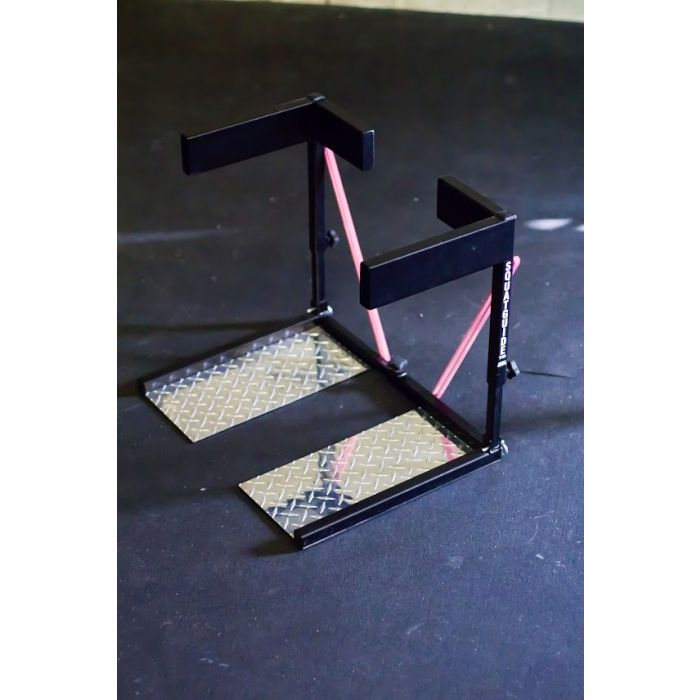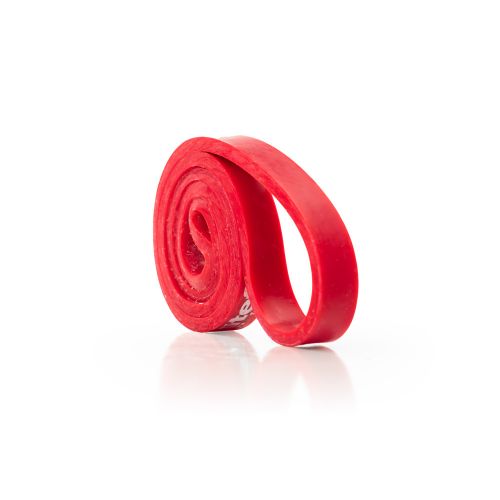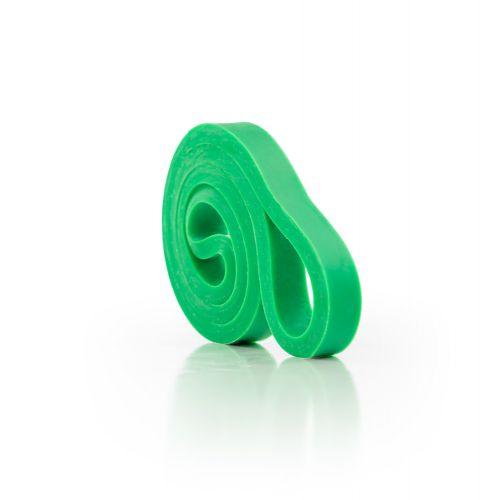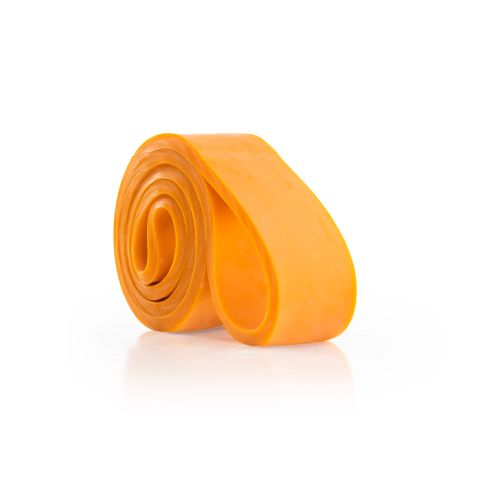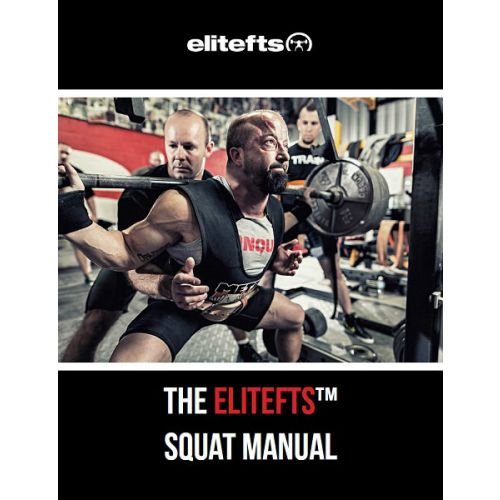Movement Guides SquatGuide™
Bringing Functional Movement to the Masses.™
elitefts 12" Pro Mini Bands are included (one pair).
Typically ships within 2-4 weeks. This item is drop-shipped directly from the manufacturer.
SquatGuide™ is the only piece of exercise equipment designed and engineered to help people develop, improve and maintain proper squatting pattern.
Squatting in its many variations and forms is a movement that humans must perform many times daily. What we see in human development is that as toddlers and young children we squat with impeccable form and use this movement to safely achieve low positions, lower loads to the ground and pick items off the ground. At some point as we age most humans stop squatting correctly. Squatting incorrectly can cause a myriad of different musculoskeletal injuries and pain and is compounded when people try to use squatting incorrectly as part of their workout or fitness regimen.
Squatting correctly has tremendous benefits. It can prolong independence as we age as it will strengthen the low back, hips and thighs in a fashion that suits human biomechanics perfectly. Squatting well allows mothers to pick up their children safely, grandmothers to continue gardening, grandfathers able to get off the toilet and fathers to look on the bottom shelf of the fridge.
Until now, there was no product on the market that could help guide the masses on how to again perform this movement correctly. It is argued that not everyone will squat the same given the idiosyncrasies of each individuals build. This is true and why the SquatGuide™ is customizable. But there are squatting guidelines by which this product is designed that can help everyone develop and maintain safe and efficient form.
Two simple, yet consistent ideas are the basis of the design:
1. Do not let your knees go too far forward in the sagittal plane (observing from the side).
2. At a minimum, keep your knees pushed out over your toes in the frontal plane (observing from the front)
These two simple tips are used by rehab specialists, strength coaches and fitness experts the world over. These two guidelines are also desirable no matter the width of your stance or the degree your toes turn out.
So how does it work?
1. The stance width is adjustable
- Basic recommendation is to set width so that users heels are shoulder width apart
2. Anterior knee guide
- Anterior guide bar is in line with the tips of the users toes such that the users knees are unable to extend out past the toes (Basis of design idea 1). This forces the user to then achieve squat depth with the hips and gets the users weight back into their rearfoot preventing over reliance on the quadriceps muscles and anterior knee pain while increasing stability at the feet and recruitment of the hip and hamstring musculature.
3. Lateral knee guide
- Lateral guide bar can be padded as it is intended for the user to contact it with the lateral (outside) knee. The guide is in line with the outside of the users foot. This requires that as the users descends into their squat their knee is out over the foot (or further) preventing undue stress to the medial structures of the knee, clears the femur away from the the hip socket to reduce impingement, allow greater squat depth, and aides in keeping the foot from falling into a pronated position (Basis of design idea 2). In short it prevents medial collapse
4. Frontal plane hinge
- The knee guide posts hinge in the frontal plane only (hinge out, not in or forward) to allow the user to push the knees out further than the lateral foot if their hip mobility allows and if the user desires to do so to achieve a deeper position. Many people who squat with excellent form and efficiency see benefit in pushing the knees out past the toes to maximize external rotation torque at the hip joint. This can aid in gluteal muscle recruitment, allow for a neutral spine position and decrease the femoral lever arm helping to prevent the squatter from falling backwards. Because the user should keep their knee over their foot the knee guide posts will not hinge in meaning that if the users knee loses contact with the lateral knee guide they are no longer keeping the knee in the minimally correct, safe position. The guideposts will also not hinge forward as the anterior knee guide must block the knee from moving out past the toes.
5. Frontal plane hinge resistance systems
- The lateral hinge ability mentioned in #4 can be modified with resistance. Higher resistance will require greater amounts of force produced by the users hips. This can help the user increase their strength and stability while squatting.
6. Stance plates
- The device is stabilized during use by the users body weight when they set their stance width and stand of the stance plates. This allows for the SquatGuide™ to travel and be used in any space. The stance plates allow for varying degrees of toe out position given that hip angles are different for users. The user is correctly standing on the plates when their toes contact the front (anterior) rail and the lateral foot contacts the side (lateral) rail.
7. Adjustable and removeable seat (Available soon)
- The adjustable seat can be used as a way to track the users squat depth development. New users may find that squatting correctly is difficult and requires that new muscular strength and motor control be developed in order to squat to full depth. The adjustable seat can give them a guide and goal to measure how low they are getting in their squat with correct form. The seat also allows for a place to rest when needed or programmed and may prevent the user from falling backwards should they lose their balance. The seat is also removable if the user feels that they no longer need to use the seat as they squat to full depth with great control and form.
Note from the inventor:
As a performance physical therapist and strength coach I teach people to squat every day. I have worked with NFL and NBA players, Olympic Medalists, Special Operations Operators, Division I Athletes, high school athletes, weekend warriors, moms, dads and grandparents. My treatment almost always includes evaluating and teaching or modifying the basic squat. Interestingly, that while my patients and athletes all have different body dimensions, stances, athletic back grounds and capabilities, I use a similar technique with them all when making corrections. Common deficiencies show up and common fixes help them all as well. The design of this product represents years of clinical experience teaching and correcting proper movement patterns and is appropriate for use in strength and conditioning facilities, commercial and school gyms, clinics, and individual use at home. While this device was designed to develop squat pattern movement and identify deficiencies it can also be used to do the same for lunge mechanics.









